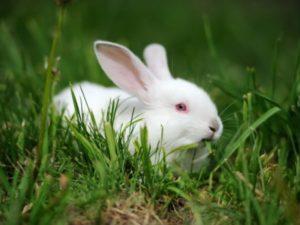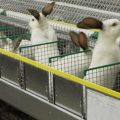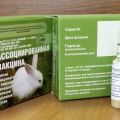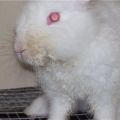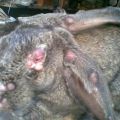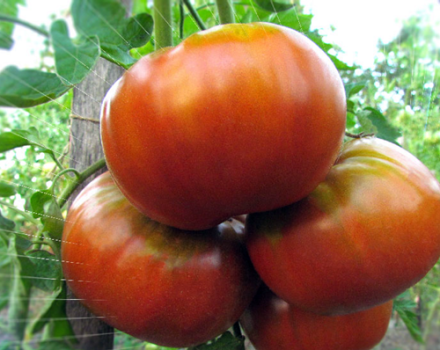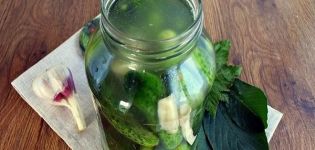Symptoms and treatment of rabbit hemorrhagic disease
A fatal viral disease manifests itself suddenly, spreads quickly, and can lead to the death of the entire livestock. With hemorrhagic disease of rabbits, also called hemorrhagic pneumonia and hepatitis with necrosis, severe structural changes in internal organs occur, as a result, the vital activity of the body becomes impossible. The only way to prevent infection is by vaccination.
Description and history of VGBK
For the first time, viral hemorrhagic disease of rabbits manifested itself in one of the Chinese provinces at the beginning of the 20th century, although the pathogen was discovered in the 19th century by the French microbiologist Louis Pasteur. The scientist identified the virus in poultry, but he experimentally found out that the infection affects different types of animals.
In 1984, the infection moved from China to the Far Eastern state farm, causing the death of the entire rabbit population. The viral plague began to spread rapidly across Russia and Europe; by 1986, it had captured most of the European rabbit farms.
The disease flared up especially strongly in Italy after the import of Chinese infected rabbit meat.
The causative agent of the disease, containing the RNA gene, affects the entire body of the animal, is extremely tenacious, it is not afraid of either high temperature, or frost, or even household chemicals containing chlorine and ethers. Freezes at -50 ° C, but comes to life when thawed. In the body of the animal, it remains viable for about 100 days. Capable of causing epidemics all year round.
For the human body, a viral infection is not dangerous. Once in the rabbit's body, she:
- begins to multiply actively;
- with blood through the vessels is transferred to the lymph nodes;
- releases toxic waste products;
- this leads to the destruction of cell structures and vascular walls;
- the result is a hemorrhagic disease.
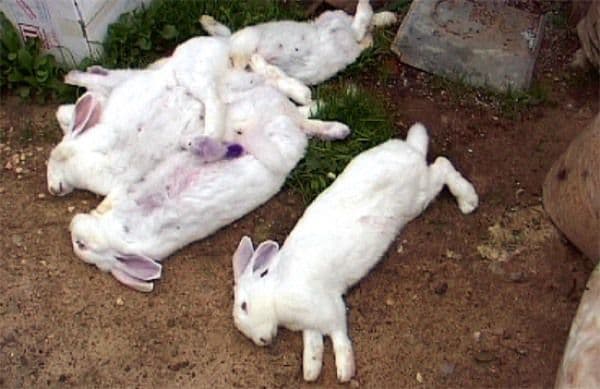
There are two forms of hemorrhagic disease:
- Sharp. Has severe symptoms. Most often occurs after stress, relocation or transportation, when sick rabbits are with healthy ones. The infected individual dies within 2-3 days.
- Chronic. May be asymptomatic. Usually associated with poor quality animal care. A sick individual survives if immunity has time to form. But the surviving rabbit will always carry the virus.
Infection routes
The route of transmission of a fatal hemorrhagic infection is mainly airborne. But a rabbit can also become infected by contact with a sick individual, its feces, saliva, or with infected objects.The worker himself can spread the infection by transferring it to the skin of the hands and clothing, touching the cages, bedding, feeding trough, equipment, touching the skins and meat of infected animals.
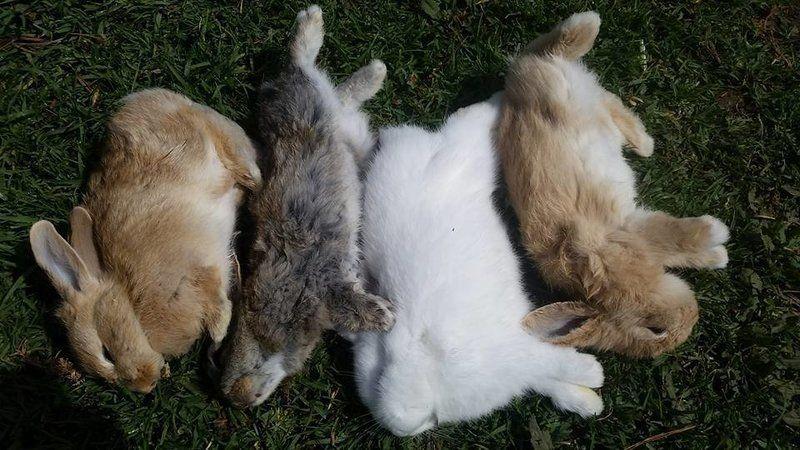
The hemorrhagic virus remains viable on wooden cages for 2 months, on metal instruments, in food, water and feces - for one month, in the natural environment - up to 3 months.
Sources of the virus can be heaps of waste, sewage and premises where meat and rabbit skins are processed, if sanitary safety standards are not observed, disinfection is not carried out. A hemorrhage can even spread from veterinary institutions if the rules for epidemiological prevention are violated there. That is, in many cases, people themselves are to blame for the spread of the disease.
Symptoms of the disease
The incubation period of hemorrhagic disease lasts 2-3 days. The infected animal looks healthy and eats well. The development of hemorrhagic disease is rapid, the symptoms appear abruptly and too late, when the pet is on the verge between life and death. In most cases, only a few hours pass between the first symptoms and the death of the rabbit.

Manifestation of an acute form of hemorrhagic disease:
- fever, body temperature 40-42 ° C (with a norm of 38-39 ° C);
- weakness, lethargy;
- lack of appetite;
- heavy breathing, shortness of breath;
- diarrhea with abundant release of liquid feces.
Sometimes the acute form of the disease proceeds as hyperacute. This means the incubation period takes only a few hours. There are no symptoms, they simply do not have time to appear. A seemingly healthy rabbit suddenly begins to beat in convulsions, gasps for air, then falls dead.
The only symptom that indicates a quick death in a hyperacute form of the disease is a lack of appetite. A healthy rabbit always chews food. If he stopped eating, then he started bleeding in his throat and spleen, the tissues of the lungs, heart, blood vessels, liver and kidneys are destroyed, which means that death cramps will soon begin. Often, hemorrhagic disease occurs in conjunction with myxomatosis, another viral disease. This is due to the weakening of the body's immune defenses.
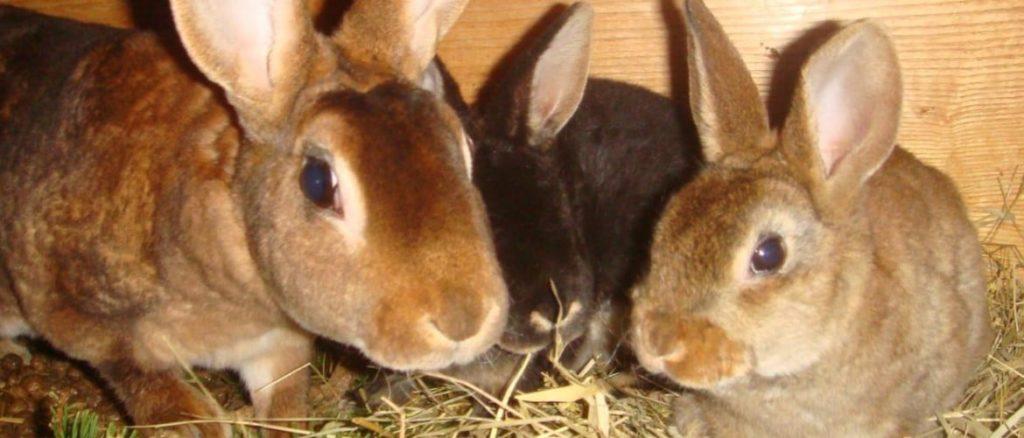
The signs of chronic hemorrhagic disease are somewhat different:
- rhinitis;
- conjunctivitis with hemorrhage in the mucous membranes of the eyeballs;
- paleness and bluish color of mucous membranes, bruises under the skin;
- disruption of the digestive tract;
- bleeding from the anus;
- vomiting blood, bleeding in the gums;
- pneumonia with normal and purulent exudation.
Diagnosis of the disease
The diagnosis is made by a pathologist after an autopsy. If a healthy-looking rabbit suddenly dies, then it must be brought to the veterinary laboratory. The veterinarian must make sure that the animal did not die due to pathologies similar in symptoms: intoxication, salmonellosis, pasteurellosis, hyperthermia.
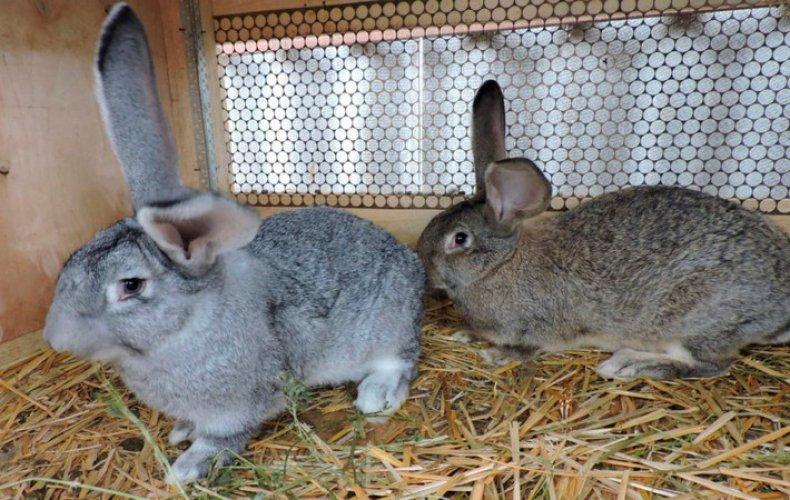
At autopsy, the pathologist reveals the following signs of hemorrhagic disease:
- an enlarged, blood-filled liver;
- swollen spleen 2-3 sizes, black with blood;
- an inflamed digestive tract;
- blood clots blocked blood vessels;
- swollen and darkened lungs, bruised with blood points;
- bloodshot eyeballs;
- blood-filled nasopharynx;
- bleeding ulcers in the mouth;
- destroyed tissue of the lymph nodes.
Treatment of HBV in rabbits
There is no cure for viral hemorrhagic pathology. It is impossible to save a sick rabbit. But it is possible to prevent infection of the livestock by timely vaccination. Although the effectiveness of vaccines can not be called 100%. Rabbits are vaccinated with either an associated (two-component) or one-component vaccine. The first includes strains of HBV and myxomatosis, the second - only the strain of HBV.
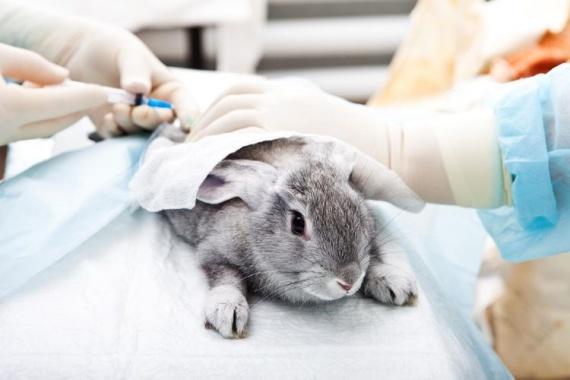
Common drugs:
- Rabbiwak V (Russia);
- Cunipravac RHD (Spain);
- Dervaximixo (France);
- "Tissue inactivated aluminum hydroxide vaccine" (Russia).
Experienced farmers advise using two-component vaccines. The first injection is given to a rabbit that has reached 1.5 months of age. The next procedure is carried out 3 months after the first. The next vaccinations are supposed to be done every 6 months.
The farmer can vaccinate the pets himself, or he can contact the veterinarian. The vaccine is injected into the thigh muscle. Dose - 0.5 cm3... Before the procedure, the needles are sterilized, the skin of the rabbit's thigh is disinfected with alcohol.
Disease prevention
Viral hemorrhagic pathology has no treatment, but it can be prevented if preventive measures are followed:
- vaccinate rabbits in a timely manner;
- keep purchased and vaccinated animals in quarantine;
- keep rabbits in accordance with sanitary and hygienic standards;
- regularly clean and disinfect rabbit cages.
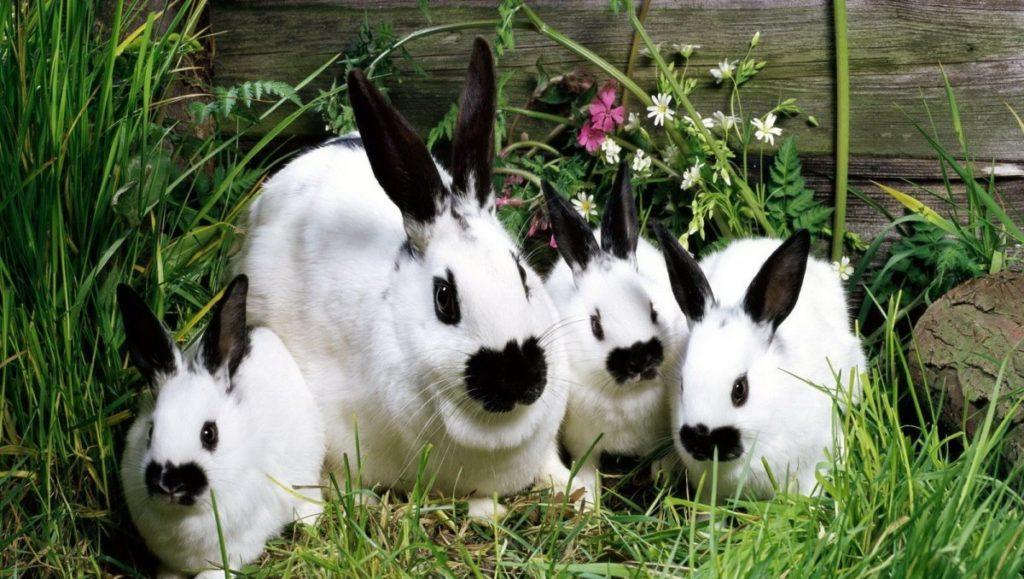
Actions in the event of an epizootic:
When the hemorrhagic disease has already begun, immediately do the following:
- Healthy animals are moved to a safe place, vaccinated.
- Cages and inventory are disinfected from a spray device, thoroughly cleaned with hot caustic soda solution. What cannot be cleaned is disposed of. Formalin, carbolic acid, phenol, hydrated lime, "Ecocid", "Glutex", "Virocid" are used as disinfectants.
- Feeders and drinkers are immersed in formaldehyde or calcium hypochlorite solution for 3 hours.
- The walls of the cells, if possible, are treated with a blowtorch.
- Dead animal carcasses, bedding, food pieces, feces, work clothes, plastic equipment are burned in the pit.
- The place where the sick rabbits were, sprinkle lime powder on the waste pit and dung heap.
- They destroy mice, rats, insects that can carry hemorrhagic infection living near the rabbitry.
- In conclusion, the rabbitry and cages are thoroughly washed with a soda solution. Disinfect the vehicle on which the animals were transported.
After 2 weeks, it is advisable to repeat the described activities. It is strictly forbidden to eat the meat of sick rabbits, use skins. New animals can be brought to the farm two weeks after the disinfection measures. To prevent the hemorrhagic disease from recurring, you should vaccinate the pets in a timely manner, take good care of them, maintain cleanliness and order in the rabbitry.
